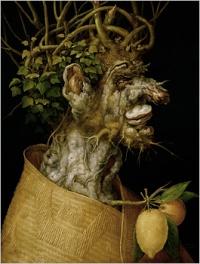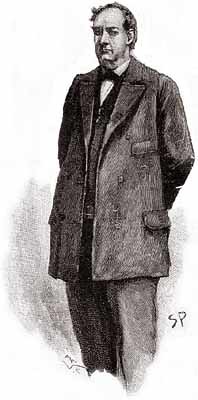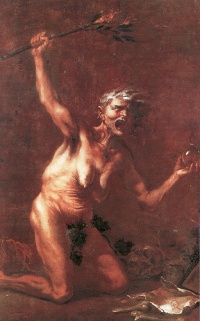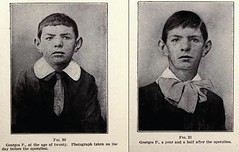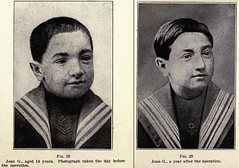Suddenly Baucis and Philemon each saw the other putting forth leaves. Their skin started to turn into tree bark. They embraced each other and cried, “Farewell!” Baucis was turned into a linden tree and Philemon into an oak, two different but beautiful trees intertwined with one another.
Indeed Rafaela, thanks.
Part of the same trope is:

Apollo and Daphne, Apollo and Daphne by Antonio Pollaiuolo, one tale of transformation in the Metamorphoses—he lusts after her and she escapes him by turning into a bay laurel.
Previously on Eye Candy.

